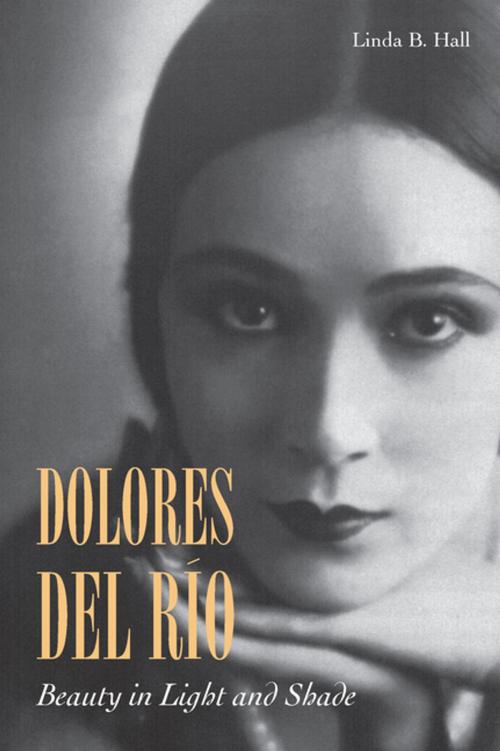Dolores del Río
Beauty in Light and Shade
Nonfiction, History, Americas, Mexico, Entertainment, Film, History & Criticism, Performing Arts| Author: | Linda B. Hall | ISBN: | 9780804786218 |
| Publisher: | Stanford University Press | Publication: | January 9, 2013 |
| Imprint: | Stanford University Press | Language: | English |
| Author: | Linda B. Hall |
| ISBN: | 9780804786218 |
| Publisher: | Stanford University Press |
| Publication: | January 9, 2013 |
| Imprint: | Stanford University Press |
| Language: | English |
Dolores del Río's enormously successful career in Hollywood, in Mexico, and internationally illuminates issues of race, ethnicity, and gender through the lenses of beauty and celebrity. She and her husband left Mexico in 1925, as both their well-to-do families suffered from the economic downturn that followed the Mexican Revolution. Far from being stigmatized as a woman of color, she was acknowledged as the epitome of beauty in the Hollywood of the 1920s and early 1930s. While she insisted upon her ethnicity, she was nevertheless coded white by the film industry and its fans, and she appeared for more than a decade as a romantic lead opposite white actors. Returning to Mexico in the early 1940s, she brought enthusiasm and prestige to the Golden Age of Mexican cinema, becoming one of the great divas of Mexican film. With struggle and perseverance, she overcame the influence of men in both countries who hoped to dominate her, ultimately controlling her own life professionally and personally.
Dolores del Río's enormously successful career in Hollywood, in Mexico, and internationally illuminates issues of race, ethnicity, and gender through the lenses of beauty and celebrity. She and her husband left Mexico in 1925, as both their well-to-do families suffered from the economic downturn that followed the Mexican Revolution. Far from being stigmatized as a woman of color, she was acknowledged as the epitome of beauty in the Hollywood of the 1920s and early 1930s. While she insisted upon her ethnicity, she was nevertheless coded white by the film industry and its fans, and she appeared for more than a decade as a romantic lead opposite white actors. Returning to Mexico in the early 1940s, she brought enthusiasm and prestige to the Golden Age of Mexican cinema, becoming one of the great divas of Mexican film. With struggle and perseverance, she overcame the influence of men in both countries who hoped to dominate her, ultimately controlling her own life professionally and personally.















